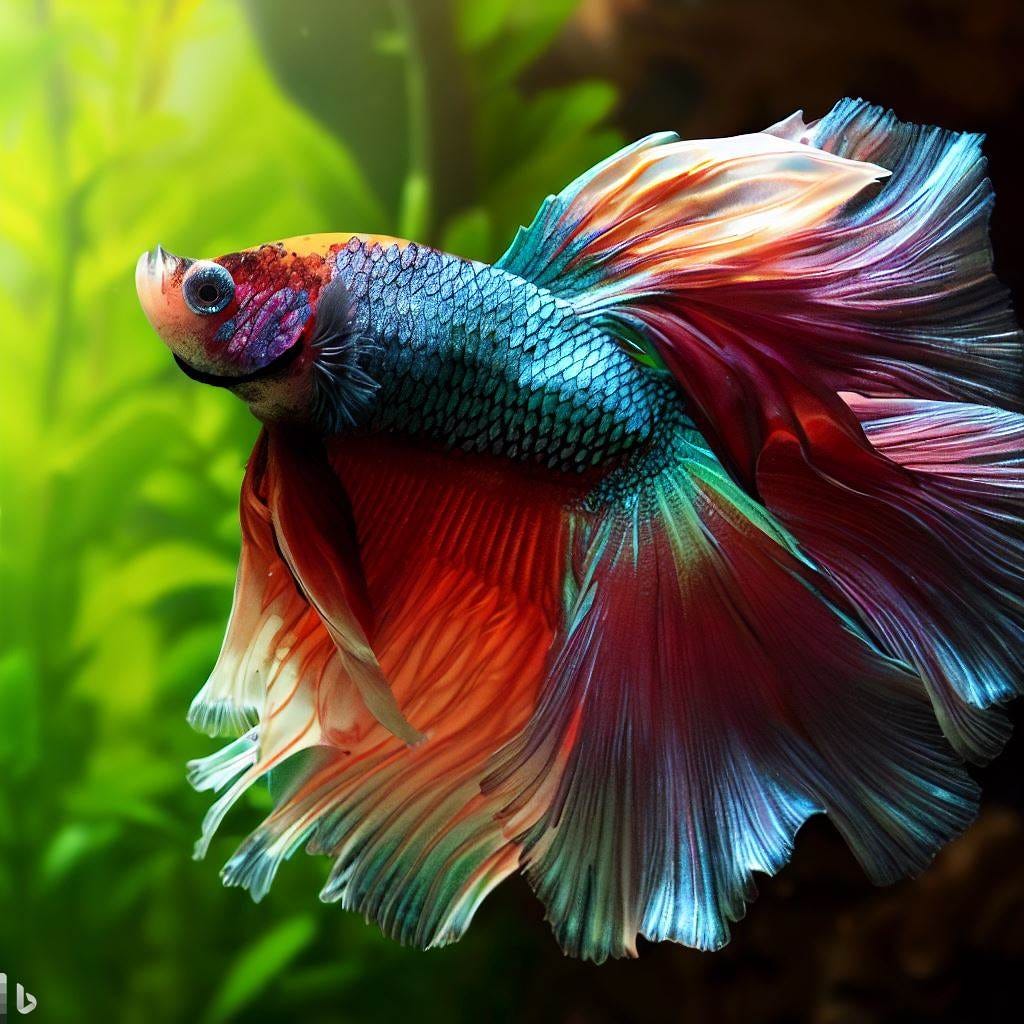Just How to Reproduce Betta Fish Effectively: Expert Strategies and Insights for Hobbyists Aiming To Increase Their Betta Collection
Reproducing Betta fish needs a nuanced understanding of genes and ecological conditions, making it crucial for enthusiasts to approach the procedure with both diligence and treatment. Creating an optimum breeding setting, choosing the right sets, and observing the complexities of their courtship actions are foundational actions that can dramatically affect the outcome. Moreover, the succeeding care of the fry is crucial for guaranteeing their healthy and balanced development. As we check out these vital components, it comes to be clear that successful breeding is not practically the first pairing but incorporates a broader method that benefits mindful consideration.
Understanding Betta Fish Genes
Recognizing the genes of Betta fish is critical for effective reproduction, as it influences characteristics such as color, fin shape, and actions. Betta fish show a varied variety of shades and patterns, mainly figured out by their hereditary make-up.
Along with coloration, fin morphology is another significant aspect of Betta genes (betta fish). The form and size of fins are influenced by various genetics, consisting of those that figure out whether the fins are brief, long, or veil-shaped. Comprehending these hereditary variations helps dog breeders anticipate the phenotypic outcomes of their offspring
Moreover, behavioral traits such as aggression and territoriality can additionally be affected by genes. These habits play an essential duty in the breeding procedure, as they can influence spawning success and the general personality of the resulting fry. By adequately recognizing these hereditary concepts, breeders can make educated decisions, inevitably enhancing their breeding programs and accomplishing desirable results.
Preparing the Breeding Setting
Creating an ideal reproduction setting is important for the effective reproduction of Betta fish. The very first step in preparing this environment is to select an appropriate reproduction container, preferably ranging from 5 to 10 gallons. This size enables enough swimming area and the establishment of regions. The container ought to be geared up with a heater to keep a steady temperature between 78 ° F and 80 ° F, which is essential for urging spawning habits.
Following, consider using a sponge filter or an air stone to give gentle water blood circulation without creating strong currents that can worry the fish. It is important to install plants or breeding cones to offer hiding spots and advertise convenience for the woman throughout the spawning process. Drifting plants, such as Java moss or water sprite, can also develop an extra natural setting while assisting in bubble nest building by the male.
Prior to introducing the reproducing sets, guarantee the water is conditioned and without dangerous chemicals, such as chlorine or hefty metals. betta fish. Normal water modifications should be carried out to keep optimum water quality, enhancing the possibilities of effective breeding. With these preparations in location, the reproducing setting will certainly sustain the health and well-being of both Betta fish
Picking Reproduction Pairs
Choosing the ideal reproduction pairs is vital for achieving successful Betta fish reproduction. When selecting check my source your reproduction sets, take into consideration several crucial variables consisting of health, temperament, and genetics. Healthy Betta fish exhibit vivid colors, clear eyes, and active behavior. Choosing fish that are without condition makes certain a better chance of generating sensible spawn.
Character is another vital consideration, as Betta fish are recognized for their aggressive nature. It is advisable to choose a male and lady that exhibit suitable personalities to minimize stress and anxiety during the reproducing process. A tranquil male can motivate a smoother courtship, while a lady that is as well hostile may interfere with the process.
Hereditary history likewise plays a significant function in the quality of the children. Reproducing fish that are genetically diverse can minimize the risk of genetic health problems and boost the general vigor of the fry. It is valuable to investigate the family tree of both the male and lady, concentrating on preferable characteristics such as see it here fin type, color patterns, and size.
The Reproduction Refine
The breeding procedure of Betta fish needs cautious planning and focus to information to guarantee a successful outcome. Initially, it is essential to prepare an ideal breeding tank, ideally a 5-10 gallon aquarium with a temperature level maintained at 78-80 ° F. The tank should be furnished with a heating unit, filter (preferably sponge kind to avoid solid currents), and a lot of marine plants for the female to conceal.
As soon as the atmosphere is established, introduce the picked breeding pair to the container, allowing them to accustom. Observe their behavior; the male will present fancy courtship rituals, including flaring his fins and constructing a bubble nest. If the female reveals passion, she will show upright stripes showing readiness for spawning.
When the lady is responsive, the set will certainly involve in a breeding embrace, throughout which the male fertilizes the eggs. Maintaining ideal water problems throughout this period is crucial for the growth of healthy Betta fry.
Caring for Betta Fry

Feeding Betta fry is essential, as they call for a diet plan high in protein. They can be fed infusoria or liquid fry food, transitioning to finely smashed premium pellets as they grow. Feed little sections multiple times a day to motivate healthy and balanced growth without straining the tank with leftover food.

As they grow, check their development closely and separate any kind of hostile people to stop injury. By supplying a nurturing atmosphere and correct nutrition, enthusiasts can Recommended Reading successfully elevate Betta fry into lively, healthy fish, eventually boosting their breeding undertakings.
Conclusion
Effective Betta fish reproduction calls for meticulous attention to genetic choice, ecological problems, and treatment for the fry. By understanding the genetics of Betta fish and preparing an ideal reproduction environment, hobbyists can boost the chances of creating vivid, healthy spawn.